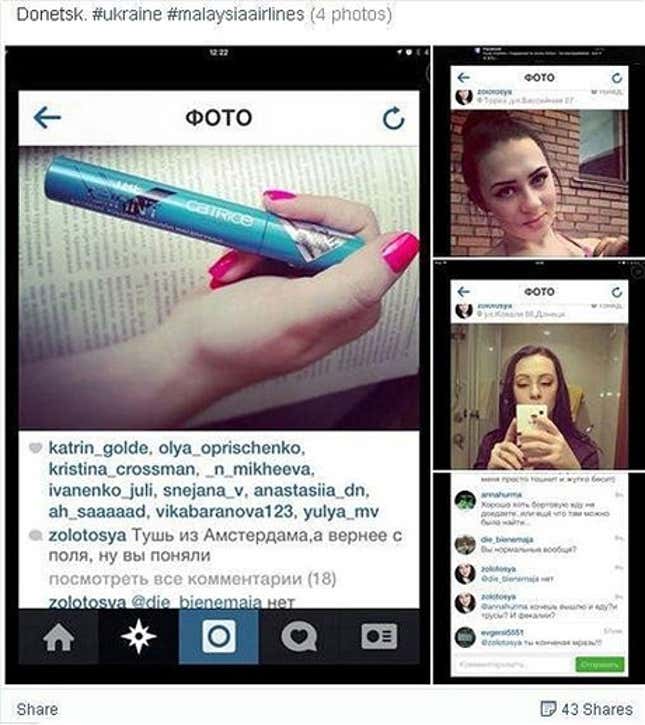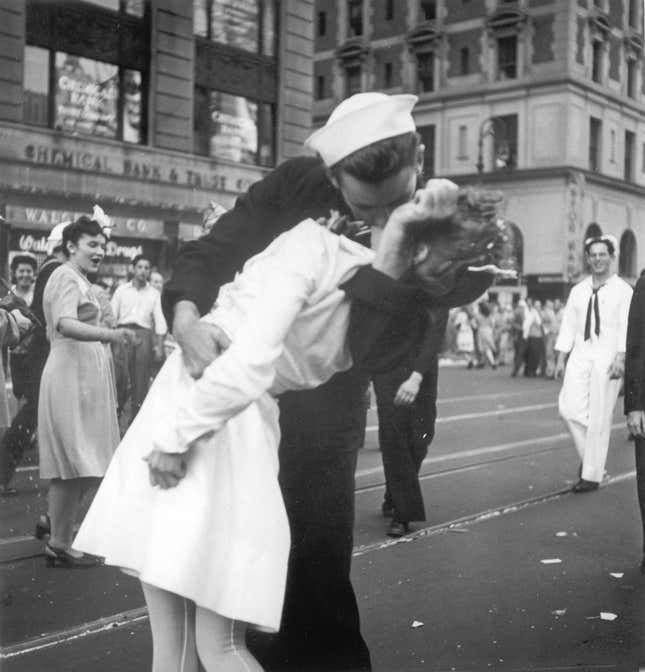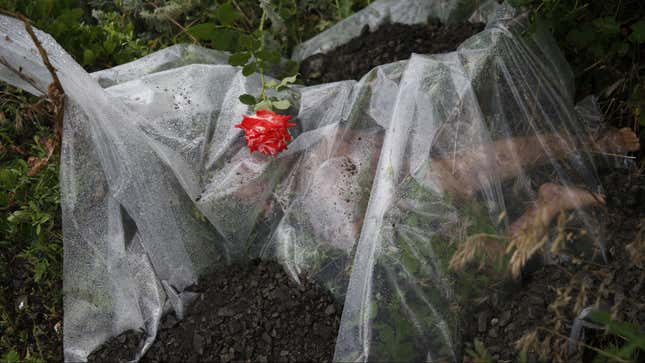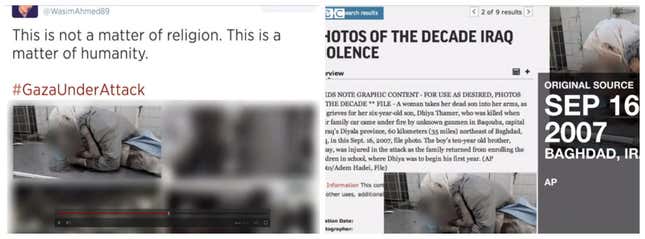In recent days the term “propaganda” has been deployed throughout news media covering conflict in Ukraine and the Gaza Strip as asymmetrical invective so that propaganda is—from whichever vantage point—simply what the other guy says. Russian media accuse America of reductively demonizing Putin while American media accuse Russia of baldly lying to its own citizens; both sides are right. Likewise, Israeli media parrot the government line and attempt to quell voices describing the miseries suffered by Palestinians, whose supporters in turn amplify the more-and-less implicitly anti-Semitic rhetoric that is infecting media outlets we might normally consider progressive.
But the most striking images circulating online in recent days have been rather personal or private: those of the the human body. The body in all its wonders and terrors has long been at the center of much militaristic and pacifist propaganda alike. Our sense of wonder is all too easily exploited through objectified soldiers and “pinup girls,” our disgust and horror exploited through portrayals of enemies as sexual predators as well as their innocent victims. Love, beauty, and sex are marketed as spoils of war that belong to the victors, ultimately romanticizing and sexualizing violence itself.

The Nazis brought this to its logical conclusion in their obsessions with the perfection of the Aryan body, a historical fact that seems lost in recent days’ overblown mini-scandal over the “Standing with IDF” Facebook page in support of the Israel Defense Forces. The page features a large collection of racy images of women with “I [heart] IDF” and other messages scrawled here and there on their skin. In one sense this seems comparatively innocent (so to speak). Amid images of actual death, perhaps it is silly to wring our hands over a shapely behind with “fuck” written on one cheek and “Hamas” on the other. But it is troubling to think that Jews, who were slaughtered by the millions in the name of racialized constructs of beauty, would celebrate militarization of the idea that—in the words of the page’s creator—Israel has “the most beautiful women in the world.”

In Ukraine, too, beauty and bodies have been deployed in varying ways by people on both sides of the conflict. Tabloids have reported a young Russian separatist allegedly posting to Instagram images of herself proudly wearing make-up looted from the crash site of Flight MH17. On the other side of that conflict, women baring their breasts and messages to “stop Putin’s war” painted on their skin protested the conflict in Simferopol, capital of the recently annexed Crimea region. Perhaps the most striking image of that protest showed a topless woman being choked by one man while another leered at her.
In all of these countries of course there are religious traditions that might be called sexually repressive by some and simply modest by others. Today, Western media tend to associate this most with Islam, but Conservative Judaism and Russian Orthodoxy—not to mention US Puritanism—all prohibit and punish the revelation of the body, especially the female body, in different ways. It’s tempting to look for an upside here, to see some de facto relaxation of sexist taboos in all the skin bared for political purposes during wartime. But there is a dark side to this as well in declining standards of respect for women’s bodies.

In America, this is most iconically frozen in the 1945 photograph of a soldier spontaneously kissing a woman in the street to celebrate the end of World War II, which has since been decried as a depiction of sexual assault. This picture is fundamentally different from most of the images discussed here because the woman is not a willing participant. You can see joy in the picture, as it has usually been understood, or you can see trauma, but this debate does not scratch the surface of the largely invisible but widespread problem of a rape culture of impunity in the military and its relationship to media depictions of women in wartime. In these and other ways a woman’s body may become site, subject, and medium of propaganda as well as victim to it.

Often however the imagery of war is filled with bodies reduced to objects of another kind. The flip-side of our sense of wonder at images of the beautiful, living body is our horror and disgust—moral and otherwise—at images of the dead. Initial reports of bodies “raining” from the sky in the moments following Flight MH17’s explosion were often accompanied by graphic images of corpses strewn about the landscape. As the Russian separatist rebels then attempted to control the situation and its story, evidence of the crash became increasingly mystified: What were the rebels doing with the bodies? Should we believe grainy images purporting to show soldiers looting from the dead? Unclear. And this is precisely one of the great problems of mediated wars.

Whether we choose to call it propaganda or not, the contradictory, fragmented stories we receive often serve to confuse as much as to inform. Russian pseudo-news organization RT publishes under the slogan “question more,” which seems an unconscious admission that their real goal is to sow uncertainty using a smorgasbord of conspiracy theories mixed with genuine reporting. Images of Palestinian misery have faced related ambiguity, lacking clear provenance as they circulate and re-circulate through digital networks—some of them taken years ago and in other countries. The suffering is real, but some of its images aren’t, which makes the reality of war, already so difficult to grasp from its mere images, even more distant.
Yet still images are strangely powerful. Some, such as those of sexual torture emerging from Abu Ghraib, confuse our different compulsions to look. We cannot help but stare; we dare not ask what about ourselves draws us in. I cannot say why, of the many images that have flashed past my screen in recent days, I am most haunted by a picture of a dead Palestinian child’s legs dangling from the edge of a hospital bed. I think it is real, but I don’t really know, and it is easy to resign oneself to the position that its veracity is beside the point, that the image’s raison d’etre is persuasion, or sympathy, or horror, or whatever inscrutable quality affected me so. But that would be to abandon the ideal that news should inform the public and serve as a “first rough draft of history,” in the famous phrase. To follow the news is to suffer, and to look away is to ignore the suffering of others, so even if we cannot entirely believe what we see, sometimes we must look, and then look away, and then look again. Anything less is to surrender something more than our eyes, ears, or other body parts. It is to surrender part of our humanity to propaganda rather than squinting to see the truth and wincing when it comes into focus.



